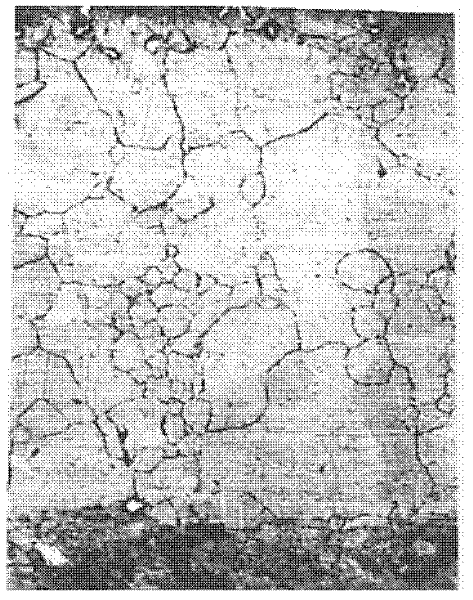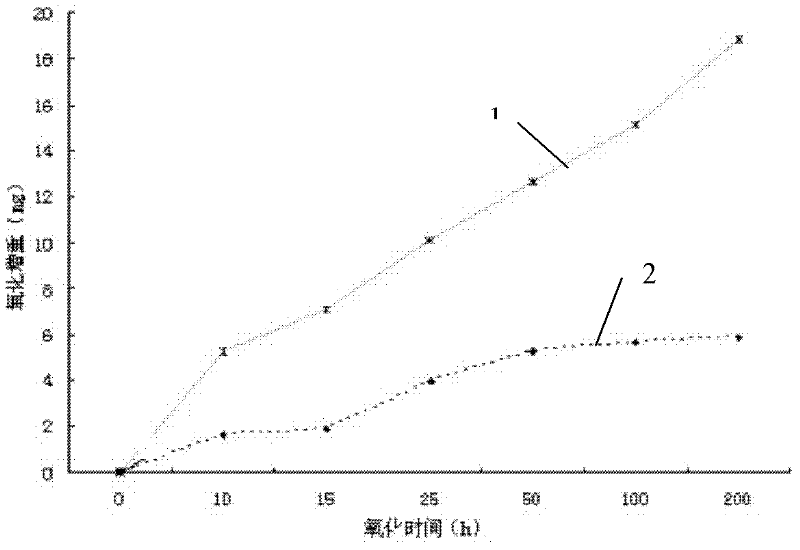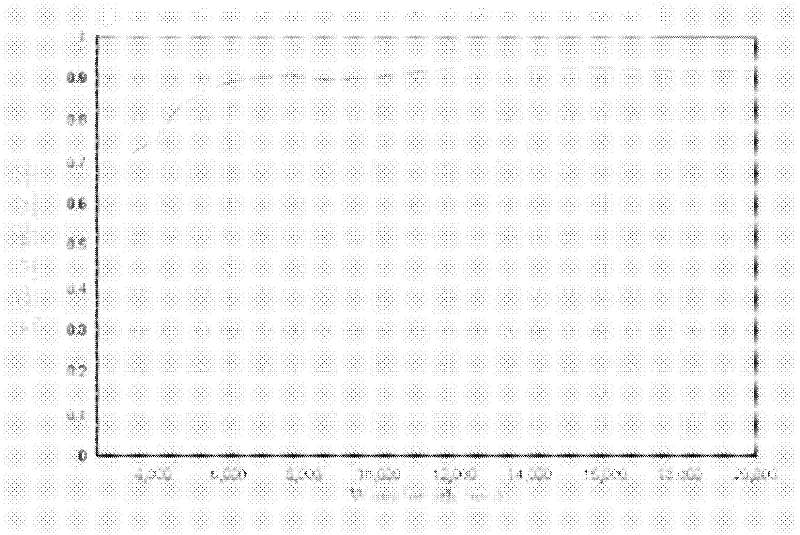High-temperature infrared radiation glaze and preparation method thereof
A high-temperature infrared and glaze technology, which is applied in the field of high-temperature infrared radiation glaze and its preparation, can solve the problems of reduced mechanical strength and thermal shock resistance, poor suspension, poor opacification performance, and lack of high radiation function. Good thermal stability, improved uniformity and coating toughness, and broad market prospects
- Summary
- Abstract
- Description
- Claims
- Application Information
AI Technical Summary
Problems solved by technology
Method used
Image
Examples
Embodiment 1
[0039] A preparation method of high-temperature infrared radiation glaze. Wet ball mill RD 90-01 enamel bottom glaze powder, cordierite, and high-emissivity materials produced by Changzhou Bailong Porcelain Glaze Factory for 2.5 hours, filter out the balls, and stand for 1 hour , remove the ball mill liquid, then dry the ball mill wet material at 130°C, grind and sieve to obtain a fine powder of 280-320 mesh; evenly disperse the nano-alumina powder with a particle size of 50nm in the aqueous solution, stir evenly, and prepare 15-25% emulsion by weight; then they are sieved with 200 mesh sieved calcium fluoride, 200 mesh sieved glass flakes, 200 mesh sieved glass frit and 325 mesh sieve Chromium trioxide is calculated by weight percentage: glass flake 20%, glass frit 15%, enamel primer 15%, chromium trioxide 27%, calcium fluoride 1%, cordierite 10%, high emissivity material 10% , milky nano-alumina 2%; select raw materials, mix and make high-temperature infrared radiation glaze...
Embodiment 2
[0050] A kind of high-temperature infrared radiation glaze for heat-resistant steel and other metal surfaces. Wet enamel bottom glaze, cordierite, and high-emissivity materials are ball-milled for 2.5 hours, filtered out the balls, and left to stand for 1 hour to remove the ball-milling fluid. Dry the ball-milled wet material at 130°C, grind and sieve to obtain a fine powder of 280-320 mesh; disperse the nano-alumina powder with a particle size of 50nm in the aqueous solution, stir evenly, and make a weight percentage of 15-25 % emulsion; then they are sieved with 200 mesh calcium fluoride, 200 mesh sieved glass flakes, 200 mesh sieved glass frit and 325 mesh chromium trioxide by weight The percentages are: glass flakes 25%, glass frit 13%, enamel primer 21%, chromium trioxide 22%, calcium fluoride 1.5%, cordierite 8%, high emissivity material 8%, milky nano-dioxide Aluminum 1.5%; select raw materials and mix them to make high-temperature infrared radiation glaze.
[0051] Sp...
Embodiment 3
[0053] A kind of high-temperature infrared radiation glaze for heat-resistant steel and other metal surfaces. Wet enamel bottom glaze, cordierite, and high-emissivity materials are ball-milled for 2.5 hours, filtered out the balls, and left to stand for 1 hour to remove the ball-milling fluid. Dry the ball-milled wet material at 130°C, grind and sieve to obtain a fine powder of 280-320 mesh; disperse the nano-alumina powder with a particle size of 50nm in the aqueous solution, stir evenly, and make a weight percentage of 15-25 % emulsion; Then they are 200 order calcium fluoride with particle size, 200 order sieve glass flakes, 200 order sieve glass frit and 325 order chromium trioxide with particle size, calculated as: Glass flakes 33%, glass frit 10%, enamel primer 23%, chromium trioxide fine powder 17%, calcium fluoride 2%, cordierite 7%, high emissivity material 7%, milky nano aluminum oxide 1 %; Select raw materials and mix them uniformly to prepare high-temperature infra...
PUM
| Property | Measurement | Unit |
|---|---|---|
| Granularity | aaaaa | aaaaa |
| Granularity | aaaaa | aaaaa |
| Granularity | aaaaa | aaaaa |
Abstract
Description
Claims
Application Information
 Login to View More
Login to View More - R&D
- Intellectual Property
- Life Sciences
- Materials
- Tech Scout
- Unparalleled Data Quality
- Higher Quality Content
- 60% Fewer Hallucinations
Browse by: Latest US Patents, China's latest patents, Technical Efficacy Thesaurus, Application Domain, Technology Topic, Popular Technical Reports.
© 2025 PatSnap. All rights reserved.Legal|Privacy policy|Modern Slavery Act Transparency Statement|Sitemap|About US| Contact US: help@patsnap.com



